

The majority of equations and graphs exposed to students in middle and high school deals with functions like, f(x)=y. However, there are some types of graphs and equations (curves) which cannot be easily expressed with f(x)=y . A solution for this limitation was established in the form of parametric equations.
Unlike equations given in terms of x and y, the parametric equation is given in terms of x and y where,
![]()
![]()
As "t" varies, the values of x and y can be determined giving all points associated with the parametric equation.
To get a better understanding of what happens with parametric equations and their curves, we can start by looking at what happens when
![]()
![]()
![]()
It is sufficient to restrict the value of ![]() as we did because the cosine and sine functions are periodic, and a full revolution is given by 2π.
as we did because the cosine and sine functions are periodic, and a full revolution is given by 2π.
As seen in the graph, this particular parametric equation, creates a circle with radius 1 and centered at the origin. This makes sense because the range for both the cosine and sine functions is -1 to 1. This particular equation is a direct representation of the unit circle.
Now, let’s consider the following parametric equation:
![]()
![]()
![]()
Case 1: a=b
We’ve already looked at the case when a=b=1. This gave us a unit circle with radius 1.
In addition, as the value of a and b change, it follows that the resulting curve will be a circle centered at the origin with radius a. The a and b, when they are equal, serve as a scalar that alters the radius.
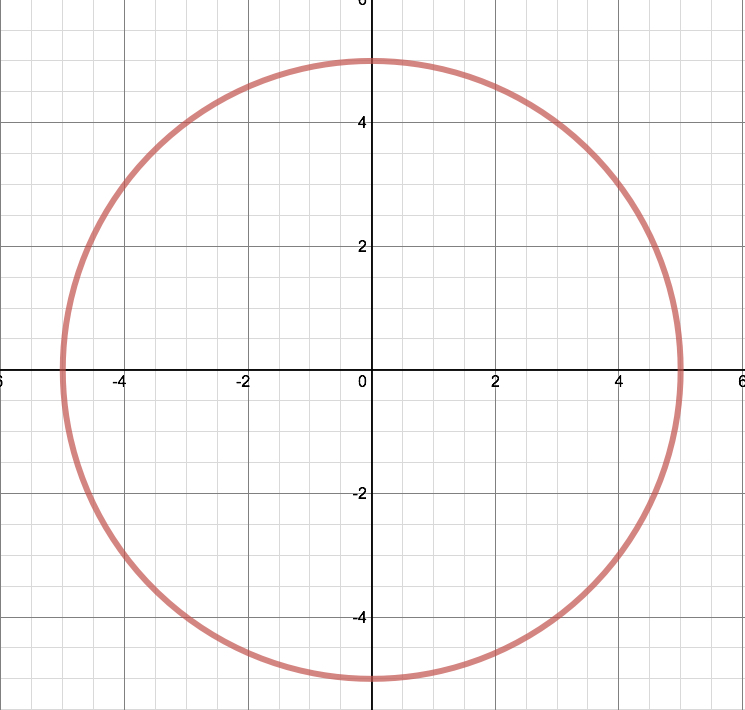 |
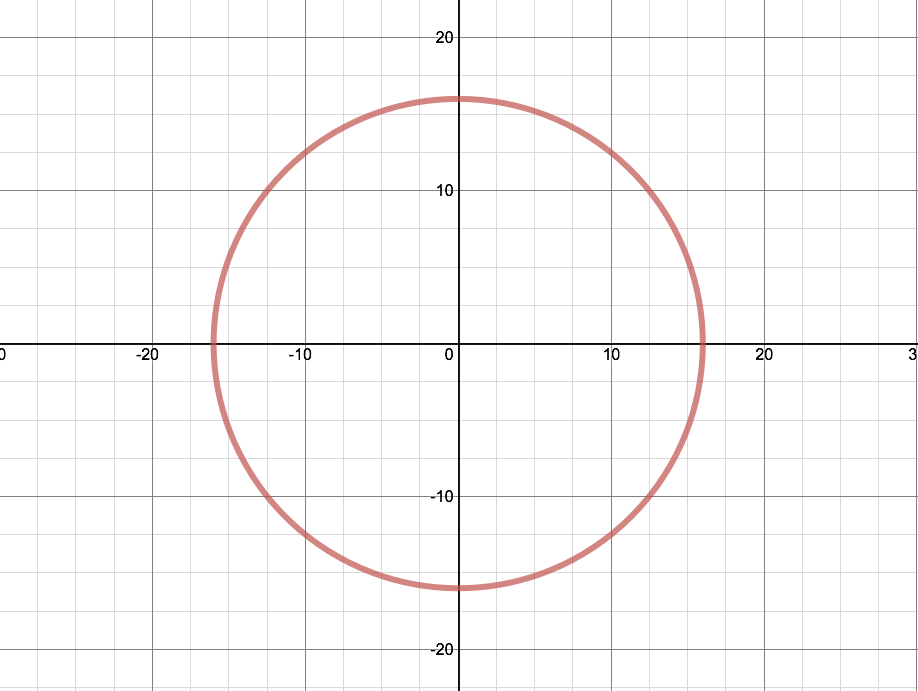 |
a=b=5 |
a=b=16 |
Case 2: ![]()
Let's make a=1 and b=2.
The graph is:
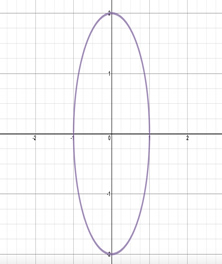 |
Now let's make a=3 and b=4
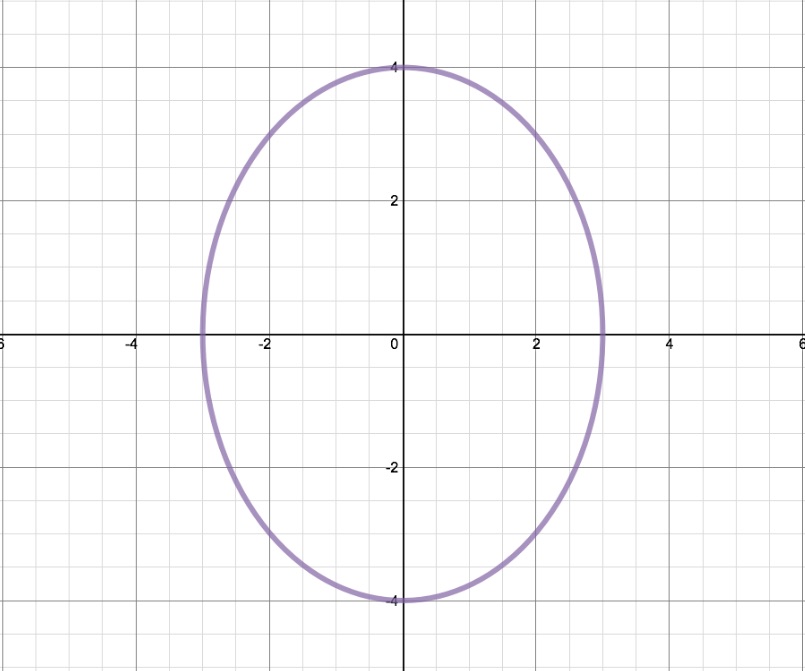 |
From these graphs, it seems that when ![]() an ellipse is created where the minor axis is given by
an ellipse is created where the minor axis is given by ![]() , the major axis given by
, the major axis given by ![]() centered about the origin.
centered about the origin.
Case 3: ![]()
Let’s make a=2 and b=1
The graph is:
 |
Let’s make a=4 and b=3
The graph is:
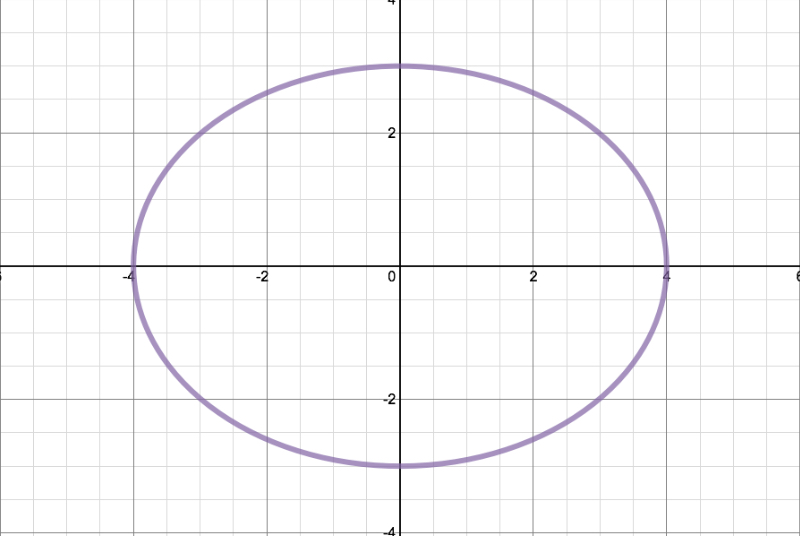 |
From these graphs, it seems that when ![]() an ellipse is created where the minor axis is given by b, and the major axis is given by a centered about the origin.
an ellipse is created where the minor axis is given by b, and the major axis is given by a centered about the origin.
Does this make sense mathematically?
Yes, it does if we think about the equation of an ellipse.
The equation of an ellipse centered about the origin is:

where a & b are the respective distances from the origin to the x- and y-intercepts of the ellipse